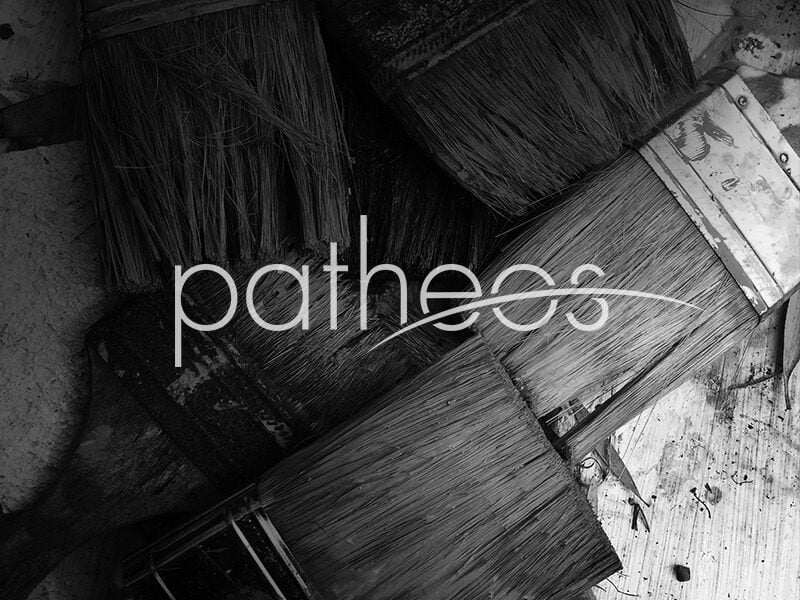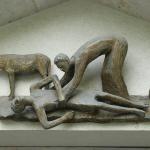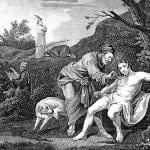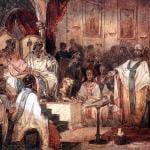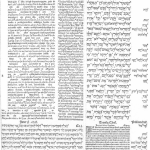Lingayen, Philippines, Sep 7, 2014 / 06:02 am (CNA/EWTN News).- The Filipino bishops' annual conference on social media, being held this month, will aim at promoting authentic encounters and at preparing for Pope Francis' upcoming trip to the nation. The Catholic Social Media Summit 2014 will be held in Lingayen at the Pangasinan Training and Development Center with the theme “The Encounter”, from Sept. 13-14. Archbishop Socrates Villegas of Lingayen-Dagupan has exhorted the Filipino faithful to participate in the convention, saying in a video message, “let us allow social media to become an instrument to promote peace, to promote harmony, and to make friends with everyone in our global village.” He noted that social media has become the “new plaza” which lets people meet others, exchange opinions, listen and be listened to. “It has become a place of encounter among friends and even among enemies,” Archbishop Villegas said. The archbishop added that “social media must make an encounter with God always possible” and encouraged Catholics “to take time imagining and reflecting on what Jesus would make of the social media if he were physically present today.” “What would Jesus do? If Jesus were using the social media in 2014, how would he do it? What would he do? What would he say?” the bishop encouraged users to ask themselves. On Aug. 30, Bishop Mylo Vergara of Pasig commented that “we can encounter the risen Lord in every nook and corner of social media.” “Every face and network account that comes across our own can become the very face of Jesus, who longs to love us and whom we can love in return.” Nirva’ana Ella Delacruz, chief coordinator of the media summit, told CNA Sept. 4 that “we will be expecting to draw more than 1,000 'cyber citizens' from all over the country, in an effort to respond to Pope Francis' call for 'authentic encounter'.” Pope Francis' message for the 48th World Day of Communications included the exhortation, “it is not enough to be passersby on the digital highways, simply 'connected'; connections need to grow into true encounters.” Delacruz, who is secretary at Youth Pinoy, the group managing the conference, explained that the organization is a Catholic community of Filipino youth as “online missionaries with an objective of evangelization through digital media as the conduit to reintroduce Christ’s love, as well as to forge intellectual and spiritual exchange with the online community.” Workshops at the conference will discuss such topics as human trafficking; reaching out to members of the LBGT community; consecration to Mary; the social costs of being an overseas Filipino worker; voting; pornography; and justice. “Social media workshops will be a great setting for young professionals, students, catechists, educators, and priests themselves to use social media as a platform to propagate the Catholic faith,” Delacruz said. Youth Pinoy is mobilizing various diocesan social communication ministries, students, parish youth ministries, and social media groups from all over the country to participate in the two-day symposium. The workshop registration fee is PHP 800, or about $18, which includes a conference kit, badges, and lunches. A registration fee of PHP 1,200 ($28) includes accommodation as well. Social media in the Philippines has played an active role in garnering assistance during natural disasters, and also connects Filipino emigrants with their families. It is estimated that Philippines has more than 37 million internet users, and this population is among the fastest growing in the world. Read more










